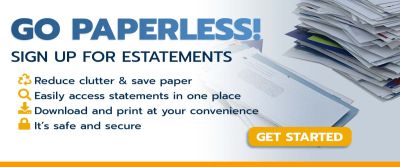How Can I Save More in an Emergency Fund?
It’s all about having a plan and having a level set on how and when this account will be used. Think of an emergency fund as money set aside in a separate account to be used for emergencies. A very important item to note when managing this type of account is that it requires discipline - it needs to be used for “true emergencies.” 1. Start with baby steps. It is important to set some numbers as a benchmark for emergencies. This can be anywhere from three, six or 12 months of expenses. 2. Choose a place to keep your emergency funds. When you start the fund, the purpose is to have quick, easy access to your cash. It might be a good idea to consider keeping these funds in a higher interest savings account so you can access it at any time. If a savings account is not the best option for you, consider a low risk, high liquidity vehicle like a money market account or a certificate of deposit (CD). 3. Make the contributions automatic (set it and forget it). Like a retirement fund, it’s important to pay into your emergency fund first. When you start the fund, set aside a certain percentage/amount of your take-home pay each month and put it straight into the account. Having an automatic deposit is ideal to ensure that it gets done and that you accomplish your goal. 4. Continue building when needed. It is important to remember that just because you might have reached your short or long-term goal by starting the fund, you shouldn’t stop there. Your circumstances can always change, so you want to be prepared. How can I spend less on non-essentials? For most people, this can be extremely difficult. Why? People just like to spend money on items that aren’t needed. To spend less on these types of items, the following needs to be done: · Create a budget · Track your spending · Set money goals And most importantly, · Hold yourself accountable |
|
Routing #: 221379824
Sunmark is here to support our members and their families affected by the government shutdown by offering personalized assistance for those impacted. For more information, please visit your nearest financial center or call 866.SUNMARK
